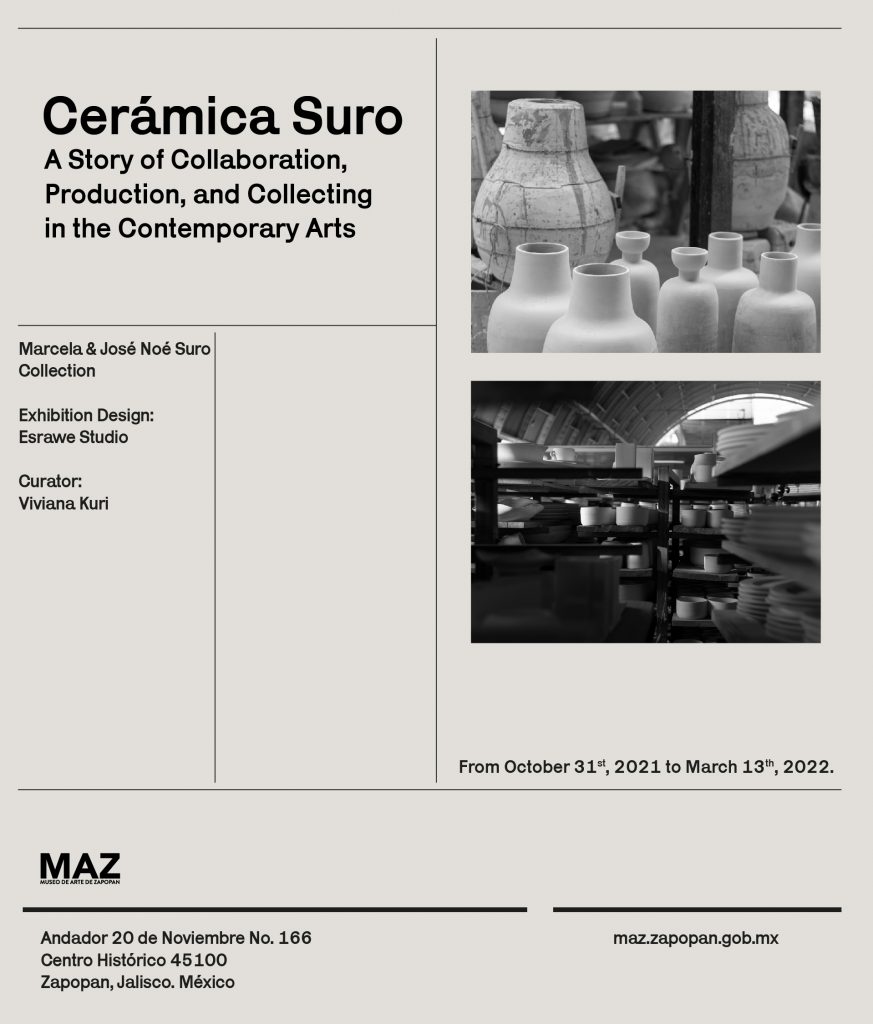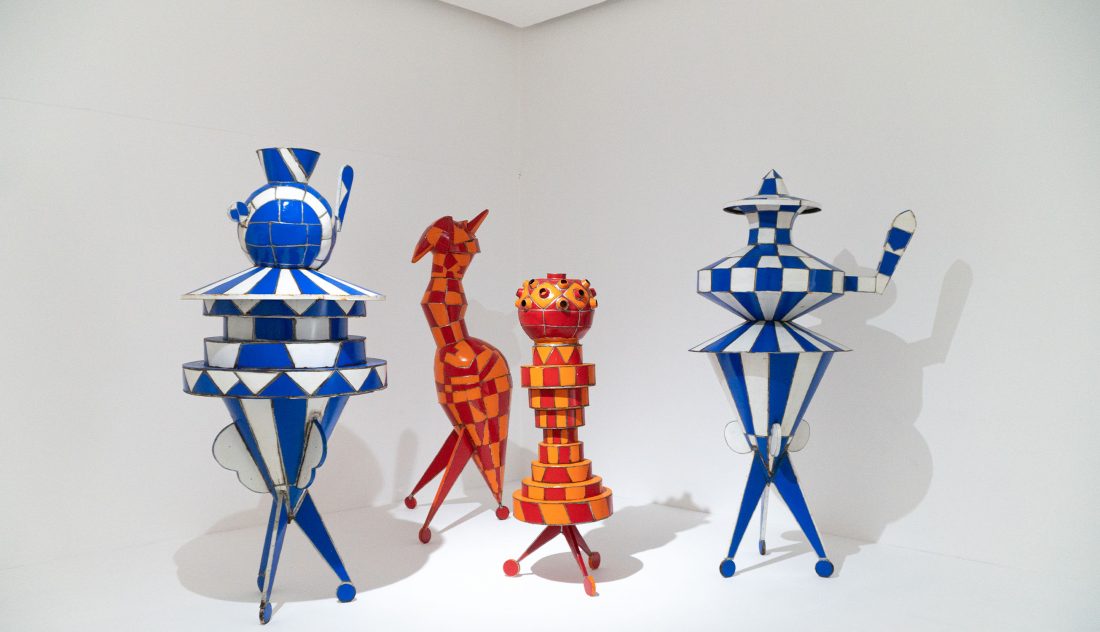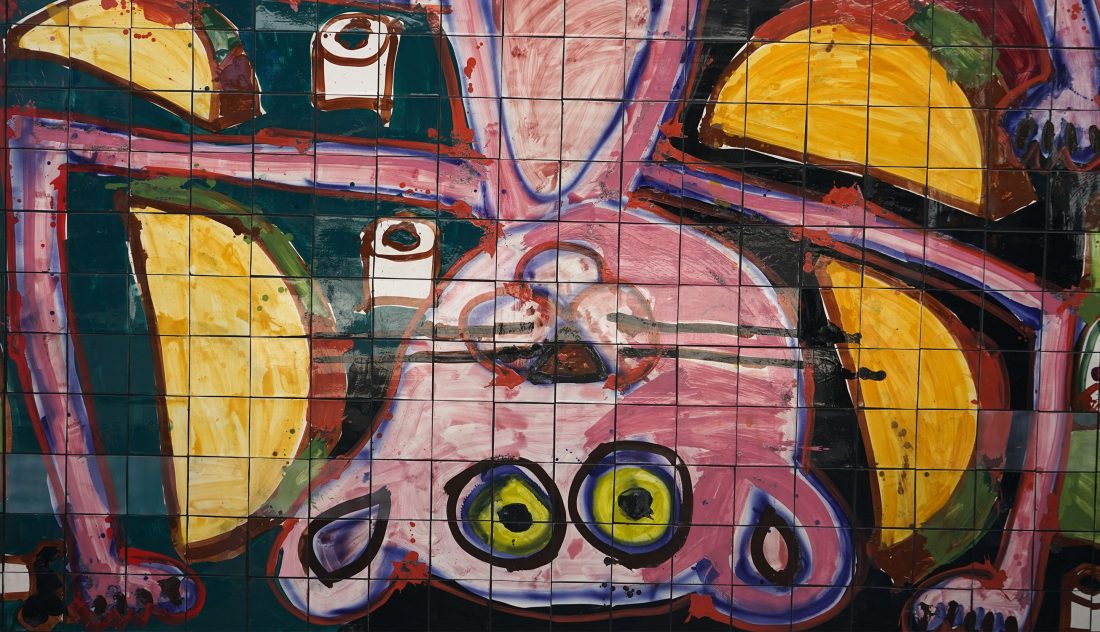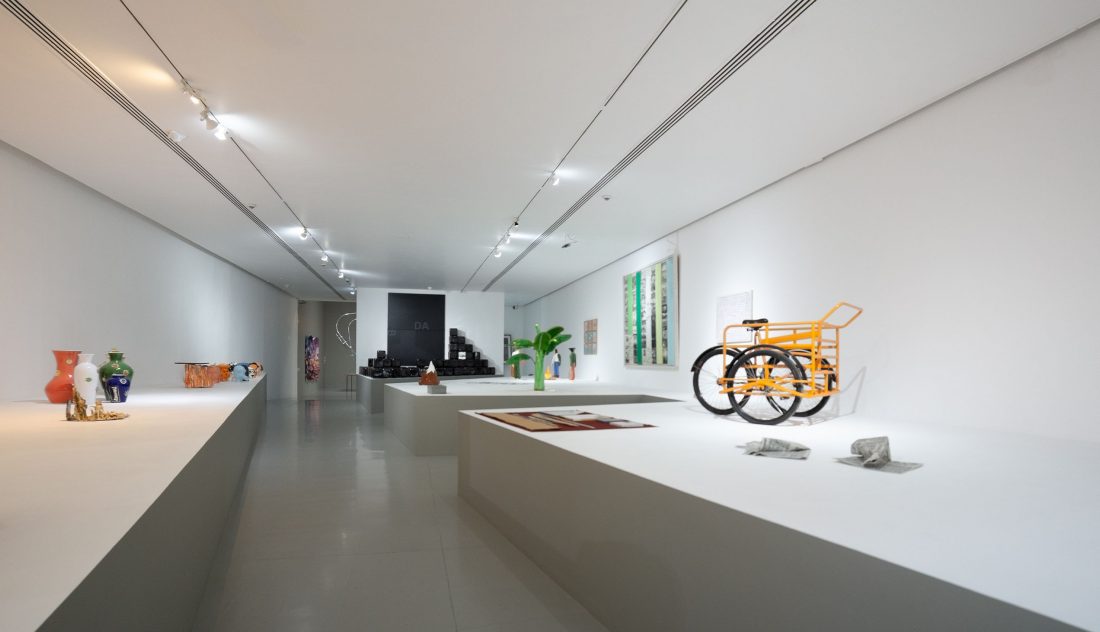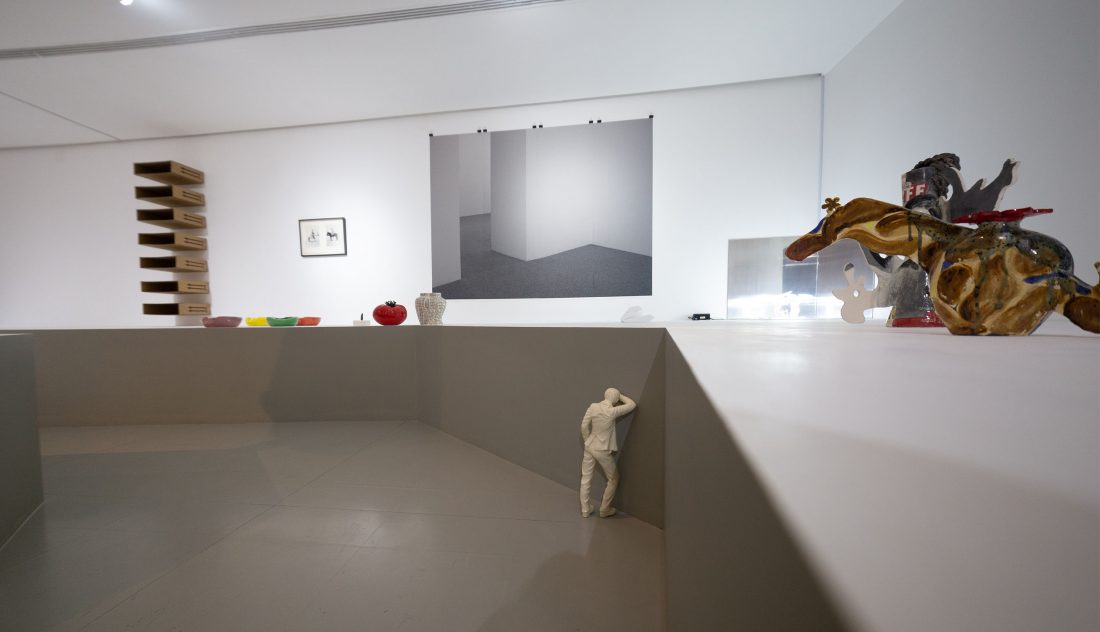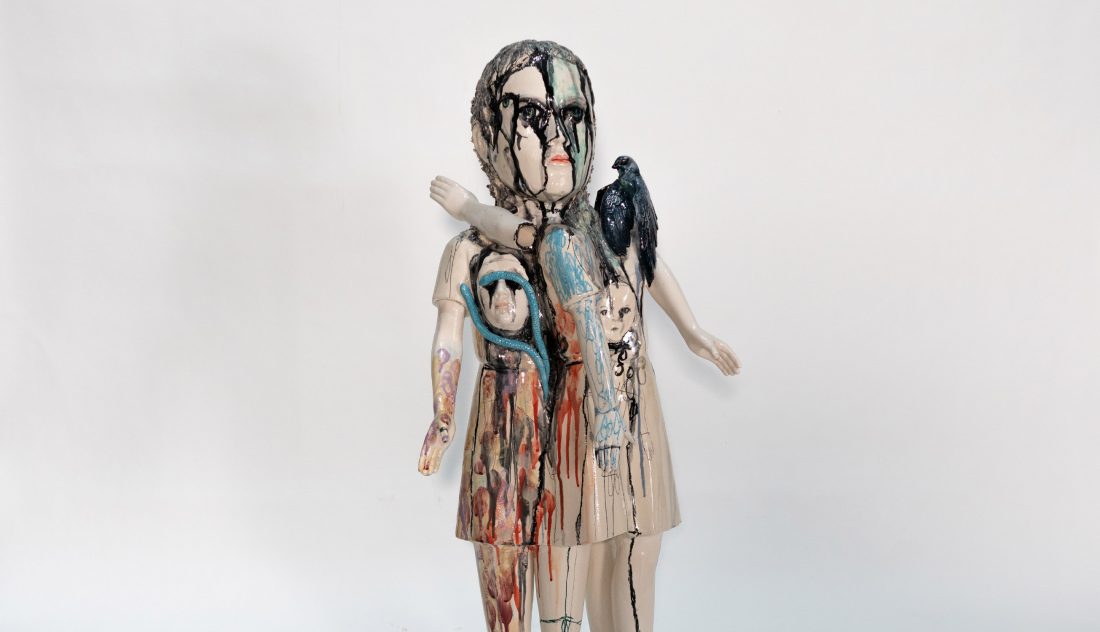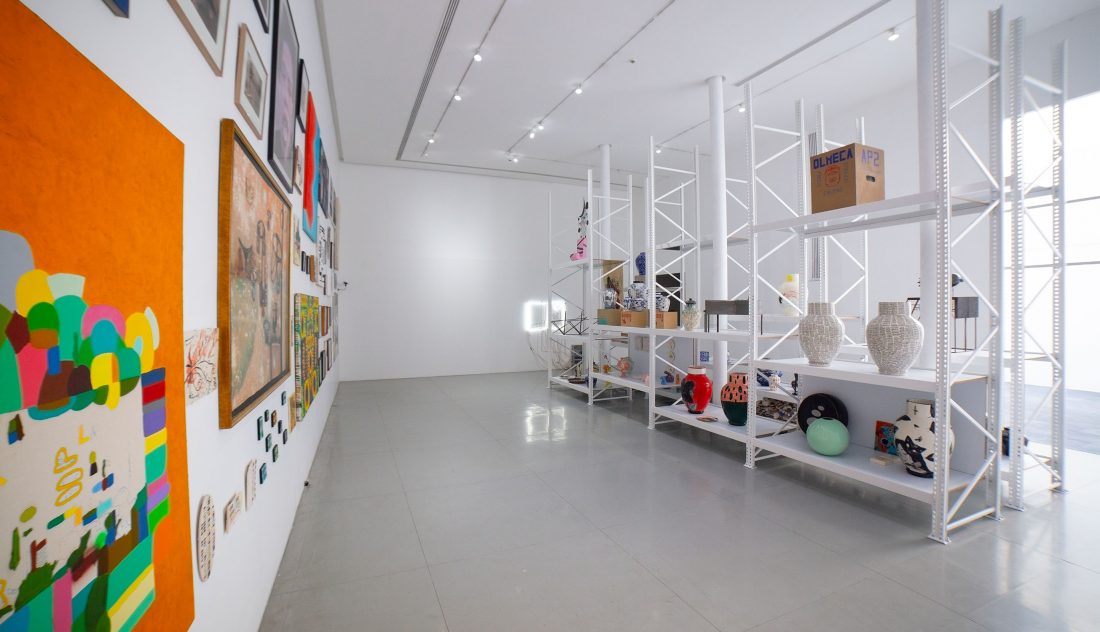Cerámica Suro: A Story of Collaboration, Production, and Collecting in the Contemporary Arts
From October 31st, 2021 to May 15th, 2022
They say that every passion borders on chaos. We also know that order is a monologue, whereas disorder is a dialogue. The Suro collection is the confirmation of this many-sided dialogue among multiple agents, including the collector, the artists, and the artisans, as well as the materials and time: the many years over which relationships of collaboration, work, learning, and friendship have been forged.
Walter Benjamin said that a collection is a collector speaking, and that, in the end, collectors only speak of themselves, of their enigmatic relation to possession, of melancholy, but above all of the tension generated in their souls by objects, their greatest pleasure. But what to say of a collection that assembles in a specific place, in addition to passion and urgency, the physical presence of the artists and artisans, the hands, the firing ovens, the clumps of molded clay, slowly taking on precise forms and revealing meanings through color. Because, like any other art collection, the Suro collection has been assembled through purchases, exchanges, and unexpected finds, but with the singular feature that most of its pieces have been forged in its very entrails, in that place of creation where the primeval clay is melded and transformed.
The Cerámica Suro workshop was established in Tlaquepaque in 1951. It was in the 1990s that Luis Miguel and José Noé Suro began to collaborate with visual artists to produce pieces whose formal solutions are appreciated for how they employ and maintain the traditional craft of pottery, while at the same time innovating and incorporating, apart from ceramics, other techniques. Taking advantage of the wide variety of workshops in the region, they have also explored the use of materials as varied as bronze, aluminum, fiberglass, blown glass, wood, steel, and others. This collaborative effort has resulted in pieces now in museums and collections in several other countries, while a unique collection of contemporary art has been assembled here. In this way, Cerámica Suro has become an extraordinary touchstone on both the Mexican and international contemporary art scenes.
Precise coordinates, a specific site, with premises in a particular city, but which is talked about in many places. The disorder of the collector underlines the presence of chance and destiny: Cerámica Suro has become an almost legendary destination for artists, where it is possible, they say, for any wish to be fulfilled.
Viviana Kuri

